Discover 5 hidden attractions, cool sights, and unusual things to do in Lodi (United States). Don't miss out on these must-see attractions: Japanese Garden, Hotel Lodi, and Lodi Arch. Also, be sure to include Peterson Park in your itinerary.
Below, you can find the list of the most amazing places you should visit in Lodi (California).
Table of Contents
Japanese Garden
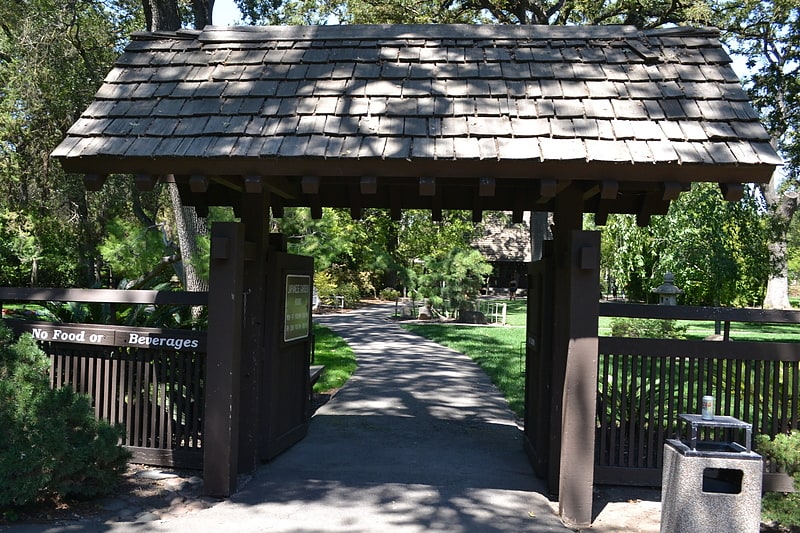
Park in San Joaquin County, California. The Japanese Garden in Micke Grove Regional Park is a 3-acre Japanese garden in Lodi, California, the brainchild of "Duke" Yoshimura, a Japanese-American. It was created in 1959 and designed by the landscape architect Nagao Sakurai. It was opened in 1965.
The garden includes fish ponds with stepping stones and Koi fish, and a five-story pagoda lantern donated to the park by Lodi’s sister city, Kofu, Japan.[1]
Hotel Lodi
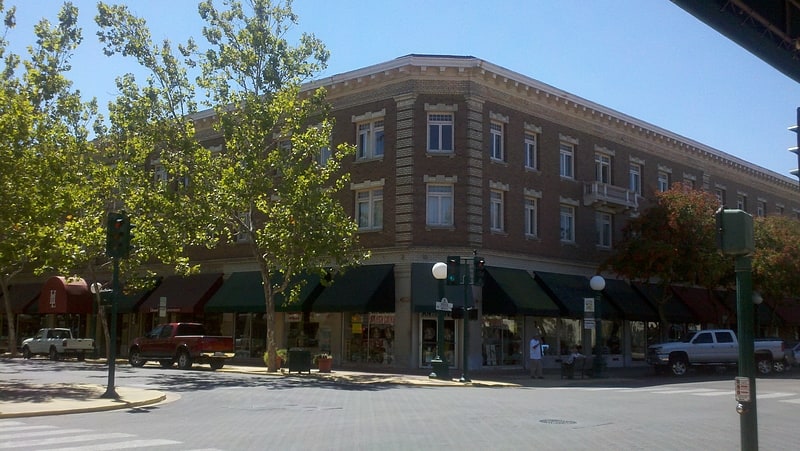
Hotel. The Hotel Lodi is a historic hotel located at 5 S. School St. in Lodi, California. Opened in 1915, the hotel was the largest and most significant hotel in northern San Joaquin County at the time. In addition to lodging, the hotel also hosted major social events, important business meetings, and large social club meetings. The hotel spurred growth in the city's hotel industry, and the presence of a large, modern hotel was credited with improving other areas of Lodi's economy as well. After the 1930s, the hotel began to decline, and by the late 1940s it no longer held its social and business functions. The hotel was later converted into a commercial building.
The Hotel Lodi was added to the National Register of Historic Places on September 29, 1995.[2]
Lodi Arch
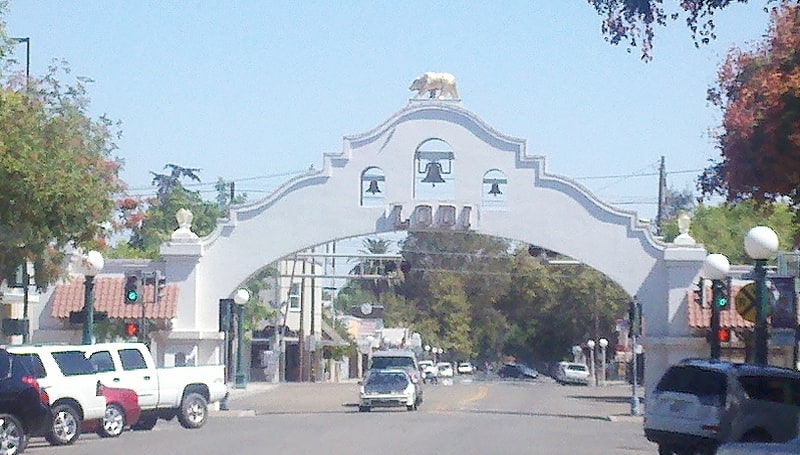
The Lodi Arch, also known as Mission Arch, in Lodi, California, is one of the few remaining Mission Revival ceremonial structures within the state of California. It was built in 1907 by architect E. B. Brown for the first Lodi Tokay Carnival, which still occurs annually as the Lodi Grape Festival. The following year, a California Golden Bear and a sign reading "Lodi" were added to the arch. The arch was restored in 1956 after its deteriorating condition made it a safety hazard; the golden bear was turned to the North in 1956 and has also been restored twice, in the 1940s and in 2001. In addition to its architectural significance, the arch serves as a symbol of Lodi and a focal point for the city's downtown.
It was listed as both a California Historical Landmark and on the National Register of Historic Places in 1980.[3]
Peterson Park
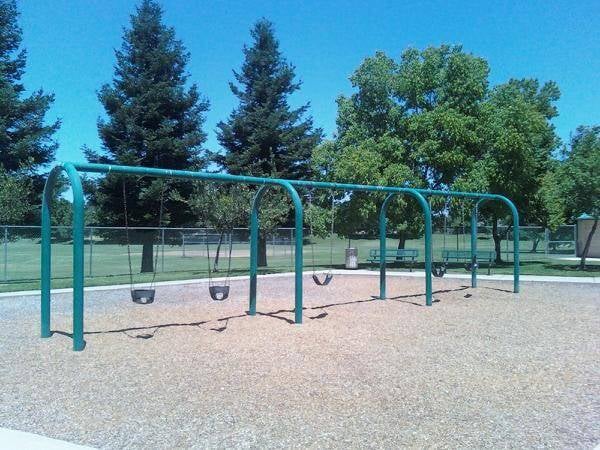
Park, Relax in park
Address: 199 Evergreen Dr, Lodi
Woman's Club of Lodi
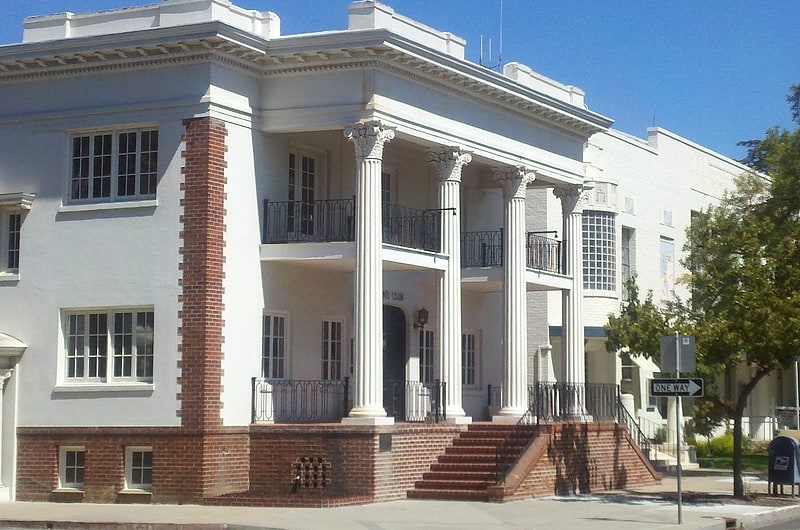
Non-profit organization in Lodi, California. The Woman's Club of Lodi is a historic building located at 325 W. Pine St. in Lodi, California. The building was constructed in 1923 to house the city's Woman's Club, which was formed in 1906 as a civic improvement group. The building housed performances and social events in Lodi; as the largest civic auditorium in the city, it served as the only building which could host social functions during the 1920s. Community events continue to be held in the building through the present day.
The Woman's Club of Lodi is designed in the Neoclassical style. The front entrance has a portico with four tall Corinthian columns topped with a pediment, all typical elements of Neoclassicism. However, the building's design also incorporated "feminine" elements such as flower-patterned light fixtures and tile in the interior and southern exposure to sunlight in several rooms. In its National Register of Historic Places nomination, the building was called an "architectural landmark" and "the most attractive of major structures".
The Woman's Club of Lodi was added to the National Register of Historic Places on May 20, 1988.[4]